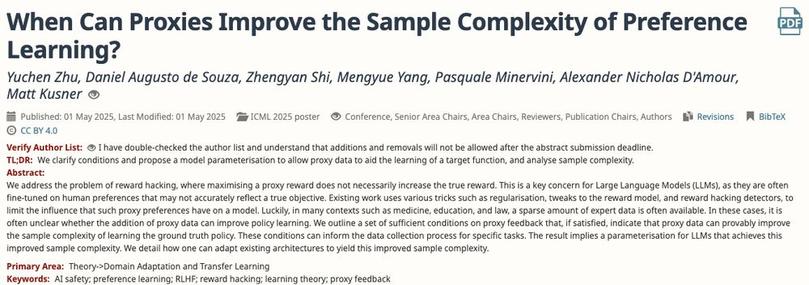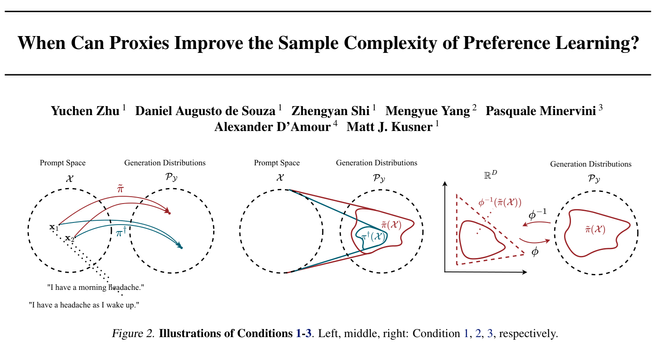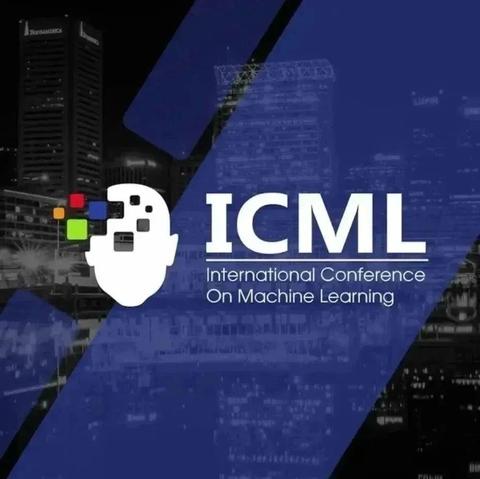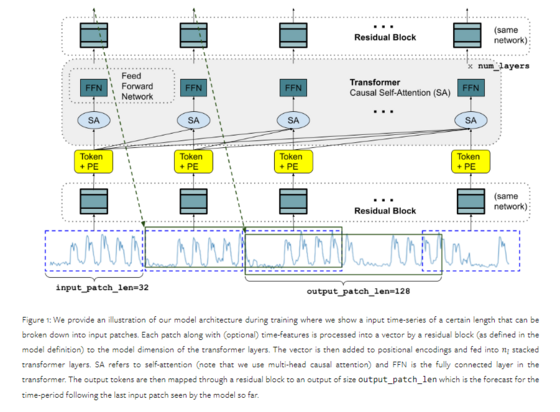Speaking of machine learning, I once had a paper rejected from
#ICML (International Conference on Machine Learning) in the early 2000s because it "wasn't about machine learning" (minor paraphrase of comments in 2 of the 3 reviews if I recall correctly). That field was consolidating--in a bad way, in my view--around a very small set of ideas even back then. My co-author and I wrote a rebuttal to the rejection, which we had the opportunity to do, arguing that our work was well within the scope of machine learning as set out by Arthur Samuel's pioneering work in the late 1950s/early 1960s that literally gave the field its name (Samuel 1959, Some studies in machine learning using the game of checkers). Their retort was that machine learning consisted of: learning probability distributions of data (unsupervised learning); learning discriminative or generative probabilistic models from data (supervised learning); or reinforcement learning. Nothing else. OK maybe I'm missing one, but you get the idea.
We later expanded this work and landed it as a chapter in a 2008 book Multiobjective Problem Solving from Nature, which is downloadable from
https://link.springer.com/book/10.1007/978-3-540-72964-8 . You'll see the chapter starting on page 357 of that PDF (p 361 in the PDF's pagination). We applied a technique from the theory of coevolutionary algorithms to examine small instances of the game of Nim, and were able to make several interesting statements about that game. Arthur Samuel's original papers on checkers were about learning by self-play, a particularly simple form of coevolutionary algorithm, as I argue in the introductory chapter of my PhD dissertation. Our technique is applicable to Samuel's work and any other work in that class--in other words, it's squarely "machine learning" in the sense Samuel meant the term.
Whatever you may think of this particular work of mine, it's bad news when a field forgets and rejects its own historical origins and throws away the early fruitful lines of work that led to its own birth.
#GenerativeAI threatens to have a similar wilting effect on artificial intelligence and possibly on computer science more generally. The marketplace of ideas is monopolizing, the ecosystem of ideas collapsing. Not good.
#MachineLearning #ML #AI #ComputerScience #Coevolution #CoevoutionaryAlgorithm #checkers #Nim #BoardGames




